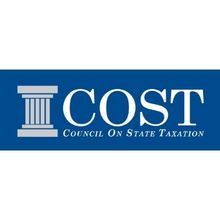Worker Classification
OverviewThe rise of rideshare (e.g., Uber, Lyft) and other task-oriented (e.g. TaskRabbit) jobs, generally referred to as the “gig economy,” has put a new emphasis on worker classification. Should these gig economy workers be considered self-employed “independent contractors” or traditional “W-2” employees under the law? If they’re considered traditional employees, then the employer must offer regular wages and benefits. However, if gig economy workers are considered independent contractors, then it’s a temporary work engagement, paid for only a specific job, and the company that connects that worker to the customer avoids legal and HR-related obligations to the worker. Workers’ rights proponents would argue that gig economy workers should be classified as traditional employees under state laws in order to provide them additional protections and benefits. State courts and lawmakers have taken a look at this issue in recent year and have begun to make significant changes. California AB 5 & "ABC Test"In 2019, the California enacted legislation (CA AB 5) that expands the qualification of which workers classify as "employees" rather than "independent contractors." While the bill exempts most traditional occupations (such as doctors, lawyers, architects, accountants, and others) from its scope, gig-economy companies like Uber, Lyft and Doordash would be required to classify workers as employees, thus guaranteeing drivers minimum wage rates, health benefits, and other employee benefits. The passage of California’s AB 5 follows last year’s Dynamex Operations West, Inc. v. Superior Court of Los Angeles County case where California’s Supreme Court ruled that Dynamex had misclassified its delivery drivers as independent contractors, rather than full time employees. The court’s ruling assumes that workers should be classified as a W-2 employee unless the worker can answer “yes” to all three parts of the “ABC Test“: A. The worker is free from the control and direction of the hirer in relation to the performance of the work, both under the contract and in fact;
Research & ResourcesChamber Resources
|















